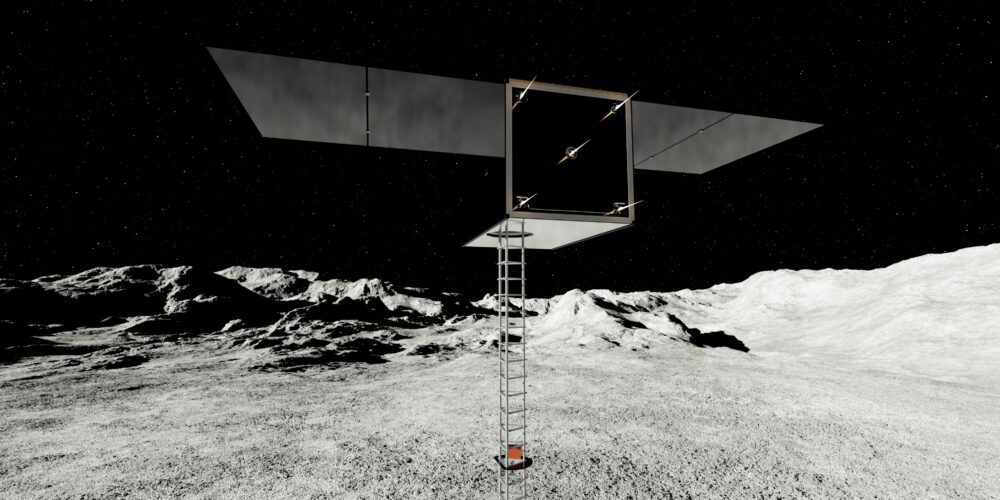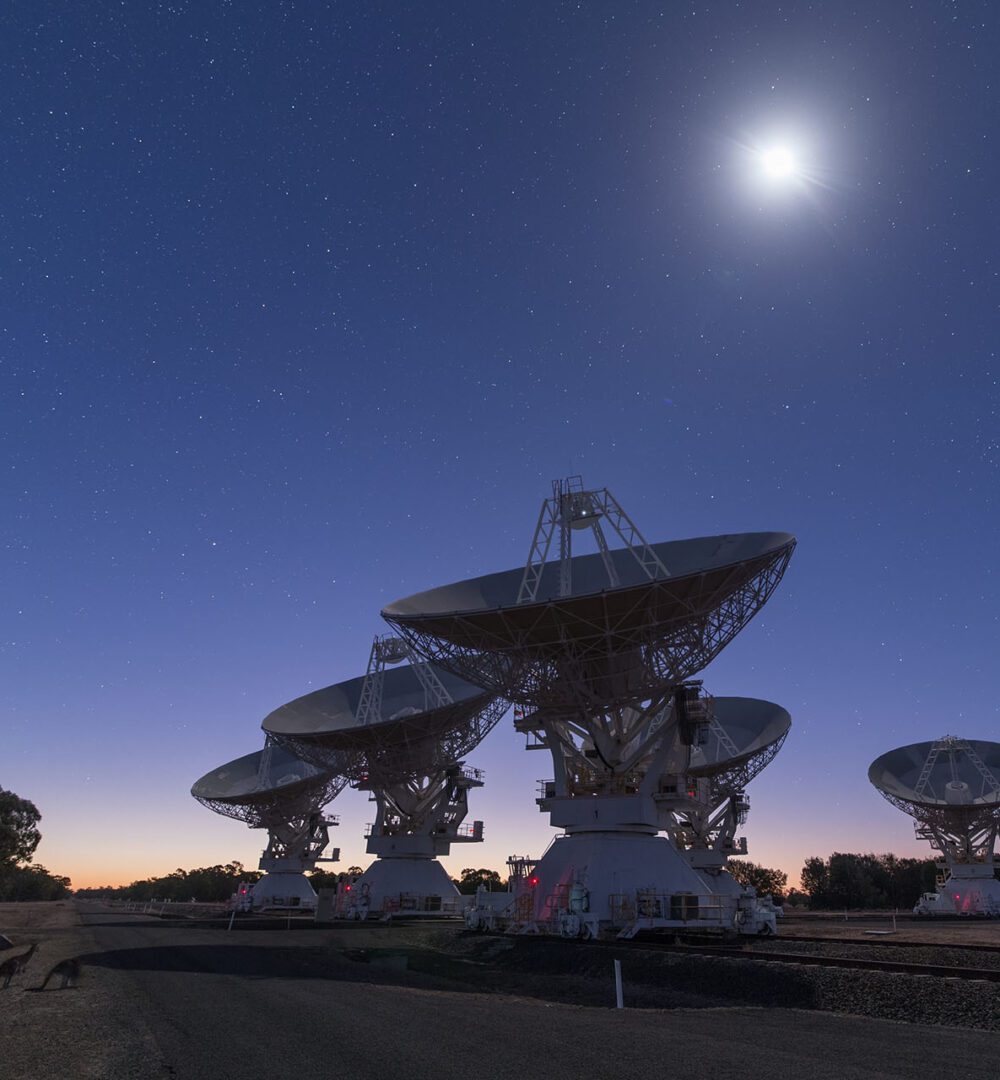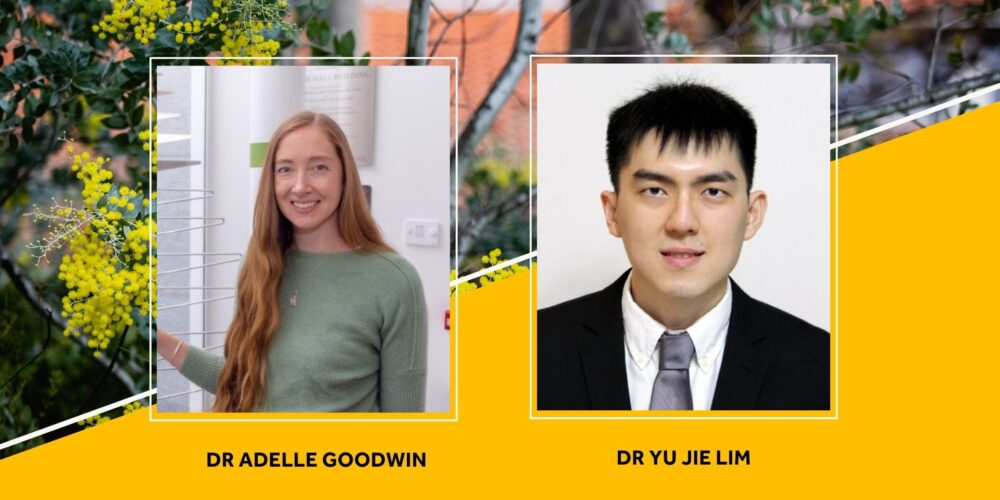International space partnership taking WA tech to new heights

Groundbreaking Curtin University technology will soon be powering interplanetary missions to the moon and beyond, after one of its brightest young minds caught the attention of a leading international space research institution.
Earlier this year, PhD candidate Daniel Turner completed an internship in Germany working at the renowned German Aerospace Center (DLR) to develop propulsion systems for spacecraft.
The 24-year-old recognised the technology of DLR spinoff ISP Tech and his own thruster design were a perfect fit for each other — so much so, ISP Tech and Curtin’s School of Earth and Planetary Sciences have partnered to develop the tech for several exciting upcoming projects which will be crucial in enhancing the possibilities of what can be achieved in space.
This includes Curtin Space Science and Technology Centre’s (SSTC) upcoming Binar Prospector mission later this decade, which will use a small box-shaped spacecraft known as ‘cubesat’ roughly the size of two large cereal boxes, to survey the surface of the moon to identify lunar resources.
By integrating Binar’s thrusters into ISP Tech’s systems, it will be the first time Australian designed and manufactured spacecraft thrusters have left Earth’s orbit and ventured into deep space.
Mr Turner said ISP Tech’s technology has unrivalled capabilities and the partnership with Curtin will help produce what he describes as the “best cubesat propulsion system of its kind in the world”.
“We quantify propulsion systems by how much they can change a spacecraft’s velocity,” he said.
“This system can increase our spacecraft velocity by over 700km/h, yet it could easily fit on a shelf in your pantry at home, which is very impressive.”
Mr Turner said the system’s benefits went beyond its propulsion capabilities.
“It’s also very resilient, as it can cope with multiple failures and still deliver on a mission,” he said.
“It can also run on cheap fuels and keeps weight down; the Binar/ISP Tech propulsion system, for example, is almost twice the size of the propulsion system used on a recent spacecraft mission but is 30 per cent lighter.”
ISP Tech chief executive officer Dr Lukas Werling said the company’s HyNOx propulsion system uses green propellants (nitrous oxide and ethane) to offer unprecedented performance for small spacecraft.
“ISP Tech builds on more than 10 years of research and development activities at DLR regarding in-space propulsion, and will support Binar’s mission with green, reliable, high-performance and low-cost propulsion technology,” he said.
SSTC Director and John Curtin Distinguished Professor Phil Bland said the technology being created would form the foundation for other exciting space missions.
“The spacecraft itself can carry a range of different payloads to do many different jobs in space,” he said.
“We’re looking to create the first affordable, interplanetary-class small spacecraft — and this would be a big part of that.”
Professor Bland praised Mr Turner’s work, describing his work’s impact as “remarkable”.
“Daniel is still early in his PhD and he’s already developed technologies the DLR are eager to implement,” he said.
“The fact he is doing a PhD here in Perth and yet he is connecting with the global leaders shows what an internationally known hub for space research Curtin and WA has become.”


